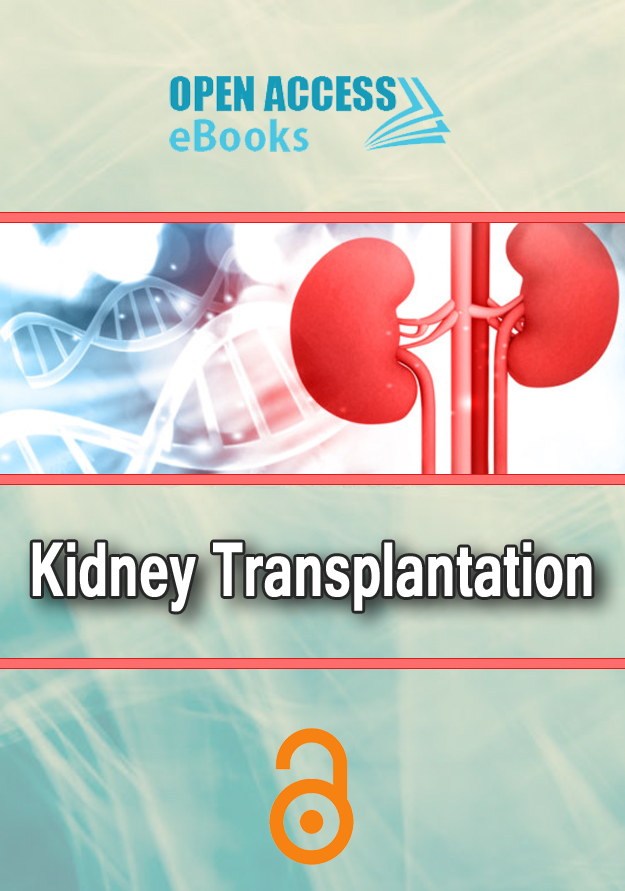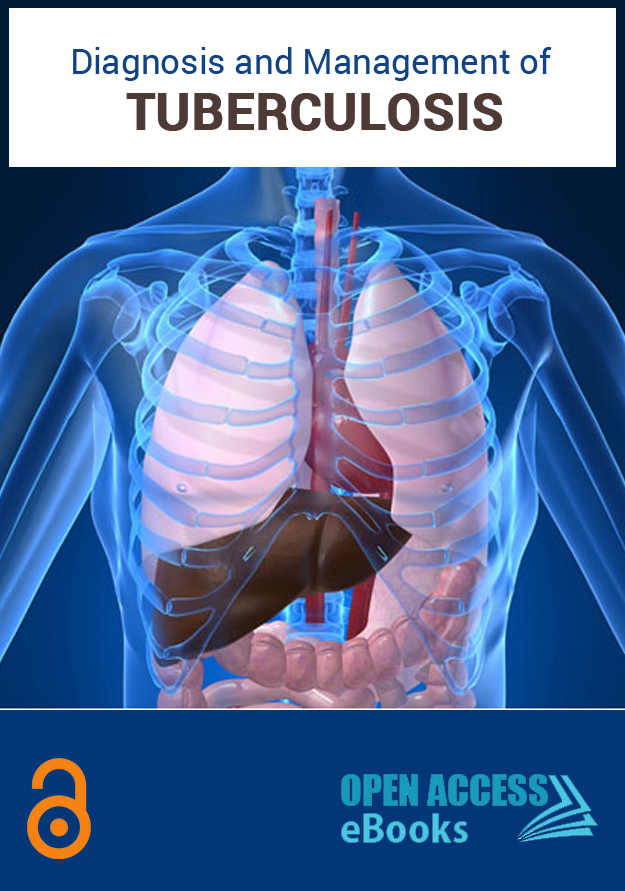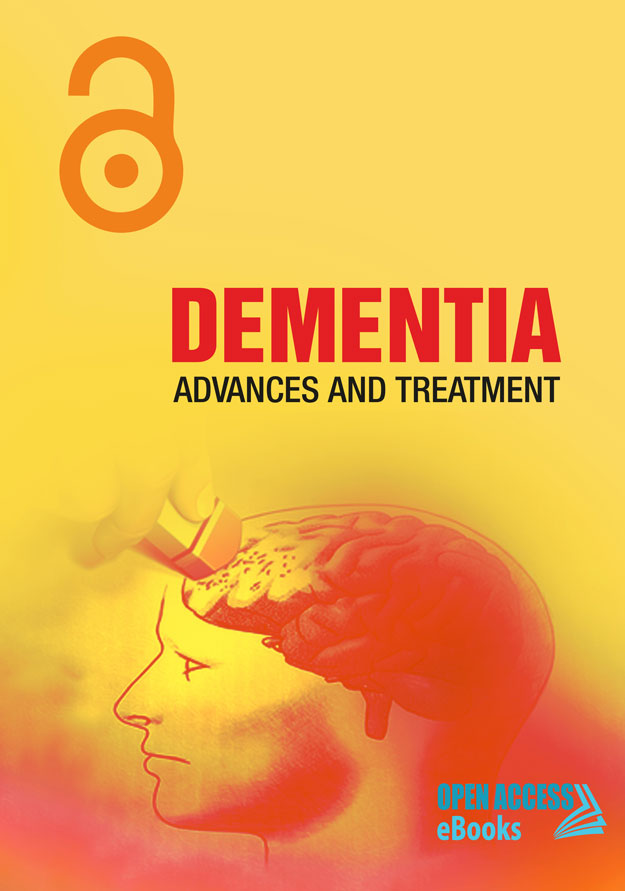
ISBN: 978-93-87500-55-6
Benefits of publishing with us:
Universal Access: eBooks published in Open Access eBooks gain international visibility. No region barriers and content is accessed by everyone across the world from our website. We also deposit published eBooks in different databases.
Freely Available: Open Access eBooks follows the principles of Open Access and the content is available to the readers without any cost. Readers can read, share, and store the published eBooks/book chapters.
Copyright with Authors: As an eBook publisher, we serve researchers in publishing their valuable work after the stringent review process. However, copyright lies with authors. We follow the CC-BY-NC-ND license
(https://creativecommons.org/licenses/by-nc-nd/3.0/).
Different Formats: We provide eBooks in PDF and HTML formats. Both formats are user friendly and can act as per the user requirements. We put our efforts to provide other formats in future.
For more information, contact info@openaccessebooks.com
Published Chapters:
Immunological Challenges in Kidney Transplantation
Author(s): Andreea Mirela Caragea; Ion Maruntelu; Ileana Constantinescu*
End stage renal disease (ESRD) is an epidemiological notion that starts from the idea that persistent kidney damage may be the consequence of many etiological factors. ESRD consists of the progressive nephron loss and renal function damage.
When the glomerular filtration rate (GFR) reaches a critical level below 60 ml/minute/1.73m2, adaptive renal and systemic mechanisms become harmful resulting in a reduction in the number of nephrons which leads to chronic kidney disease (CKD).
Kidney Transplantation in China
Author(s): Yingzi Ming
Kidney transplantation work in China started about 10 years later than abroad. However, the source of donors has gradually transitioned to donation after citizen’s death (DCD) since 2012, and kidney transplantation in China has made steady progress step by step. This chapter is aimed to elaborate the kidney transplant work in China from the history and immunological assessment, donor maintenance and donor quality assessment, operation methods, postoperative major complications, and application of immunosuppressive agents to the postoperative follow-up. Kidney transplantation is a meaningful and challenging work in current China, all the Chinese transplant surgery and scholar are devoting themselves to this work in order to give more effective help to the patients.
Mineral and Bone Disorders After Kidney Transplantation
Author(s): Merita Rroji*; Olta Qurku; Myftar Barbullushi; Nereida Spahia
Post transplantation bone disease is a complex disorder markedly different from the mineral and bone disorders often seen in patients with Chronic kidney Disease (CKD). After kidney transplantation, patients exhibit various histologic abnormalities of bone despite restoration of kidney function [1]. Bone disease after kidney transplant is a multifactorial process that includes continuing bone loss superimposed on pre-existing renal osteodystrophy [2]. The severity of bone disease complications, the increase in the number of transplanted patients and the prolonged survival rate has generated interest in prevention and treatment of post-transplant bone disease...
Laparoscopic Surgery for Live Donor Nephrectomy
Author(s): Bulang He
Laparoscopic surgery for live donor nephrectomy has been well implemented in kidney transplant centres around the world since mid 1990s [1-3]. It has been demonstrated that laparoscopic surgery has the advantage of smaller incision, less pain, quicker recovery and better cosmetic appearance and comparable kidney graft function when compared with conventional open surgery [2,4-6]. There are various surgical techniques with two major approaches transperitoneal laparoscopy and retroperitoneal retroperitoneoscopy. Hand assistance to each of these two approaches has also been widely employed. There is no large clinical trial to demonstrate which technique is superior to another, although some literature reviews have found there is a tendency of less blood transfusion, less vessel injury, less conversion to open surgery and less delayed graft function rate in retroperitoneoscopic approach...
Surgical Aspects of Kidney Transplantation
Author(s): Joel Arudchelvam
Renal transplantation / kidney Transplantation (KT) is the best available form of renal replacement therapy (RRT) for end stage renal failure (ESRF) which improves survival and the quality of life compared to dialysis. Over 2 million people receive RRT all around the world at present [1], and most of them will need a kidney Transplantation. In United States at present more than a 100000 patients are awaiting kidney Transplantation [2] and in 2014 only 17,108 renal transplantations were done. The main reason for this less number of transplantations when compared with the waiting list all over the world is lack of suitable donors. And compared to dialysis, kidney Transplantation improves the survival and the quality of life i.e. in the United states of more than 46000 patients waiting on kidney Transplantation waiting list, the mortality was 68% lower among kidney recipients over 3 years follow up...
Transplant Renal Artery Stenosis - An Update
Author(s):Sriram Krishnamoorthy*; Kalpana Ramachandran*
Transplant renal artery stenosis (TRAS) is one of the common and well studied urological complications following renal transplantation. With varied expertise of surgeons performing transplants and with a varied follow-up protocols followed in different centers, the overall incidence of TRAS shows a wide range. With increased usage of advanced imaging modalities, more number of TRAS patients is being diagnosed. Various factors play a role in the development of TRAS. An immunological causative factor, technical factors related to vascular anastomoses, correlation to cadaveric transplantation, multiple renal arteries, intimal tear and role of Cytomegalovirus and Calcineurin inhibitor toxicity are all various proposed etiological factors that predispose to TRAS.


